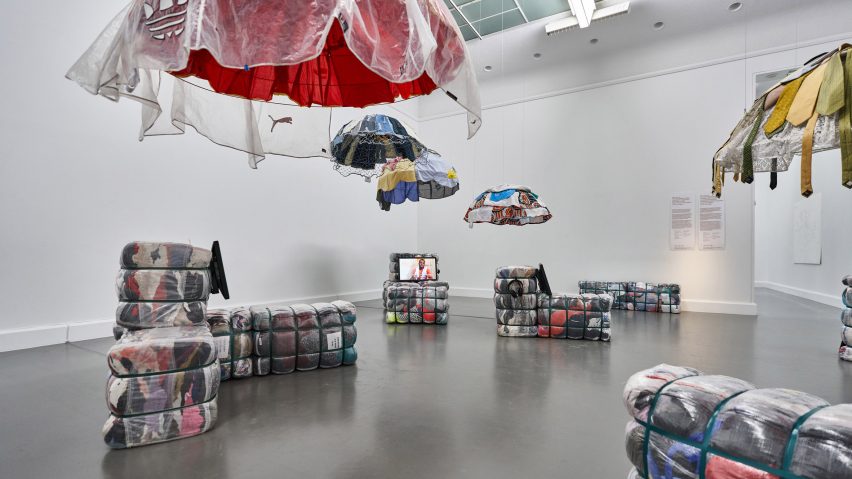
Dutch Design Week exhibition explores "complex networks" of junk
Design Academy Eindhoven alumni studios look at the myriad consequences of junk in a globalised world in an exhibition at the Van Abbemuseum and across the city for Dutch Design Week.
Geo-Design: Junk – All That Is Solid Melts Into Trash presents responses to the idea of junk from 18 design studios led by alumni of the Design Academy Eindhoven (DAE).
These vary from a research project looking at the export of second-hand clothing from China to Zambia, and satellite images that shed light on e-waste dumping grounds, to a series of hand-drawn maps and interviews about waste collection in the Gaza Strip.
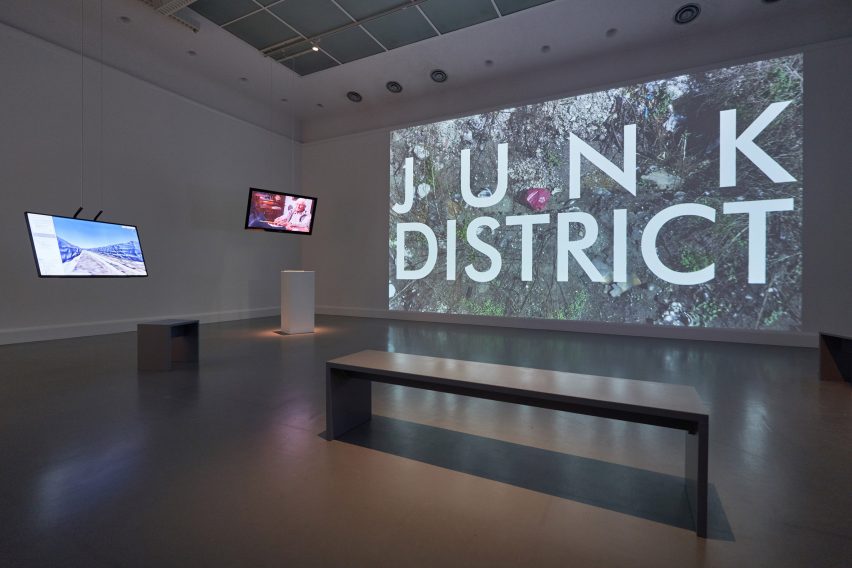
Nine of the projects are displayed in the galleries of the Van Abbemuseum, with a further nine in site-specific locations around the city.
Curated by Martina Muzi, the exhibition explores the "complex, contemporary networks" that grow up around global production and trade.
It also examines the role that designers play in creating it, and ultimately using junk as a resource if we are to move towards a circular economic system that designs out waste, whilst restoring natural habitats.
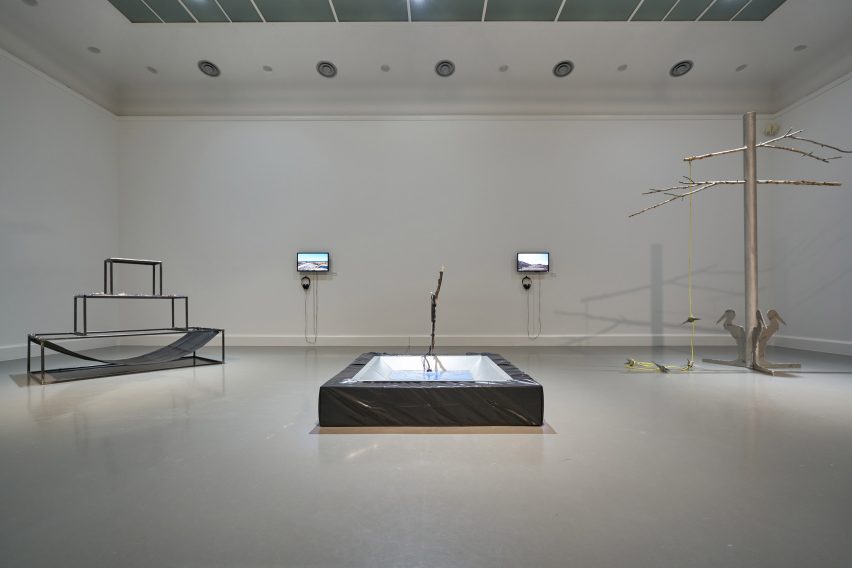
"Junk is not an accident, something unplanned or unexpected – it is a substance that has been designed," said the exhibition notes. "Junk is the trail that is left in the wake of growth and global trade, a product of industry, an indicator of income and social status, a material, an aesthetic."
"Designers are indelibly linked to the systems that produce and perpetuate junk, and also to the systems that try to eliminate or transform it," it continued.
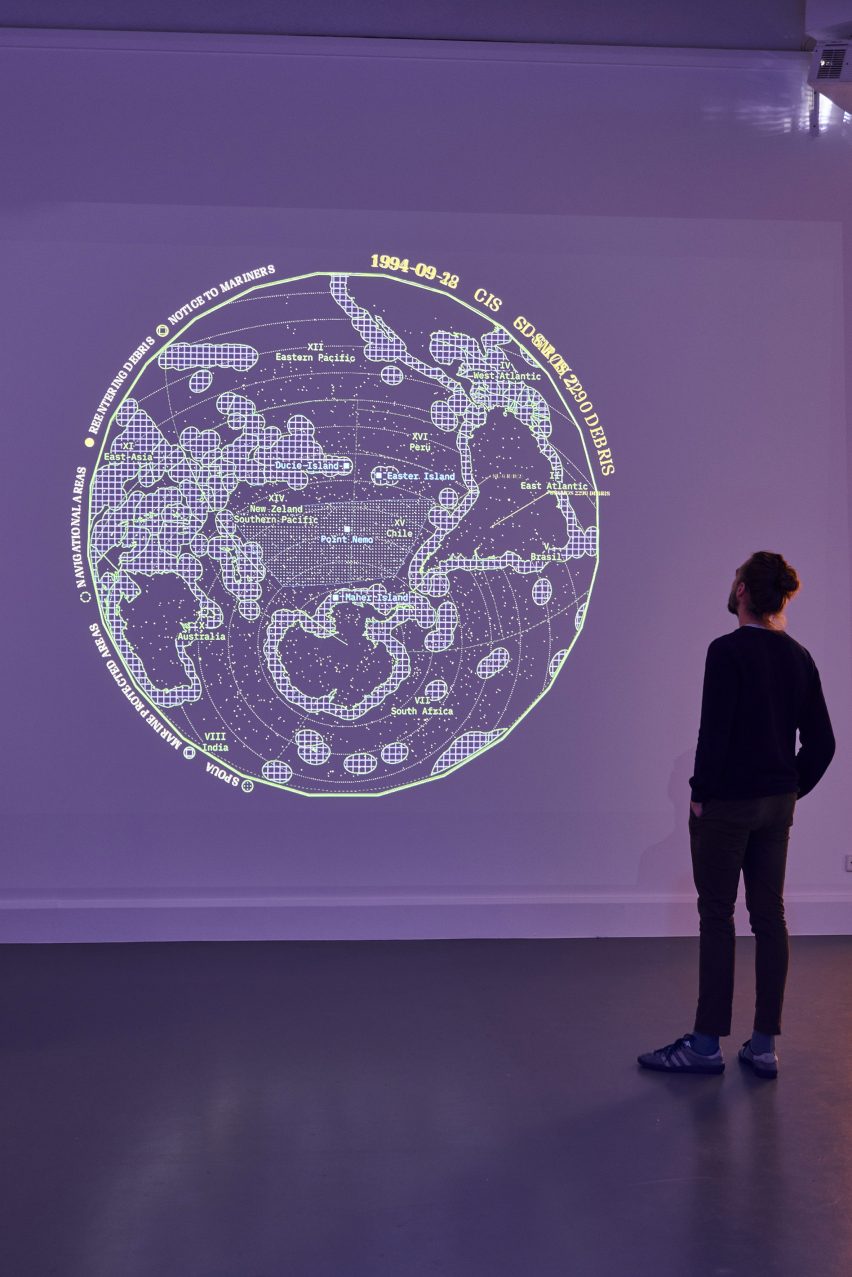
By taking waste or junk as their starting point, the 18 studio projects in the Geo-Design: Junk exhibition look at the "new landscapes, new global connections, new financial models and new modes of living" that it has created around the world.
In the museum galleries, Schimmel & Schweikle recreated the debris from action scenes in popular movies using 3D-modelling and animation tools to reflect on CGI's role in creating fictional junk in a project called Compute.
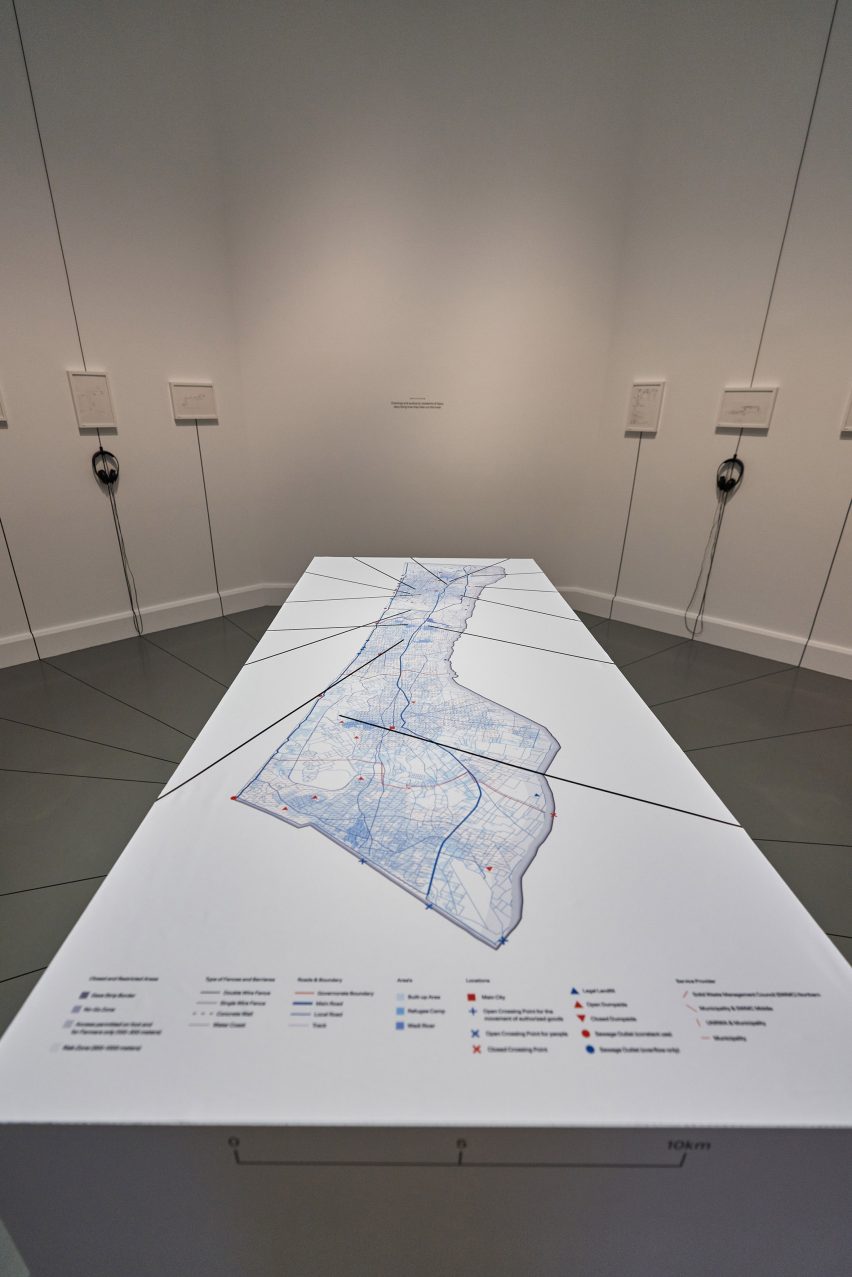
Ines Glowania flanks a map showing the location of the overcrowded landfill sites in the Gaza Strip with a series of headphones relaying residents' testimonies of their daily rubbish disposal in The Isolated System of Junk in Gaza.
Design Lotte de Haan spent a month in Zambia researching the trade in second-hand clothes from the west to Africa. The resulting video work and installation is called Salaula, a Zambian word for rummaging through a pile.
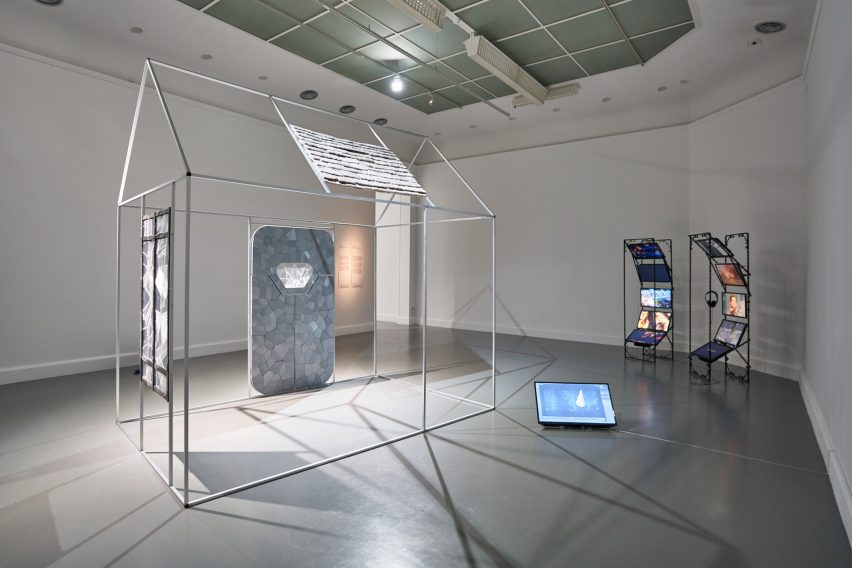
Studio Plastique used the microwave as the starting point for a research project on the production and disposal of silicates, which are rarely recycled. The Brussels-based studio used a sand drawing, archive imagery, and a materials database to illustrate their research.
The Unchecked Chain is a multi-channel video installation by Tellurico uncovering the illegal dumping of compacted waste in Naples over 15 years, and the corruption behind it.
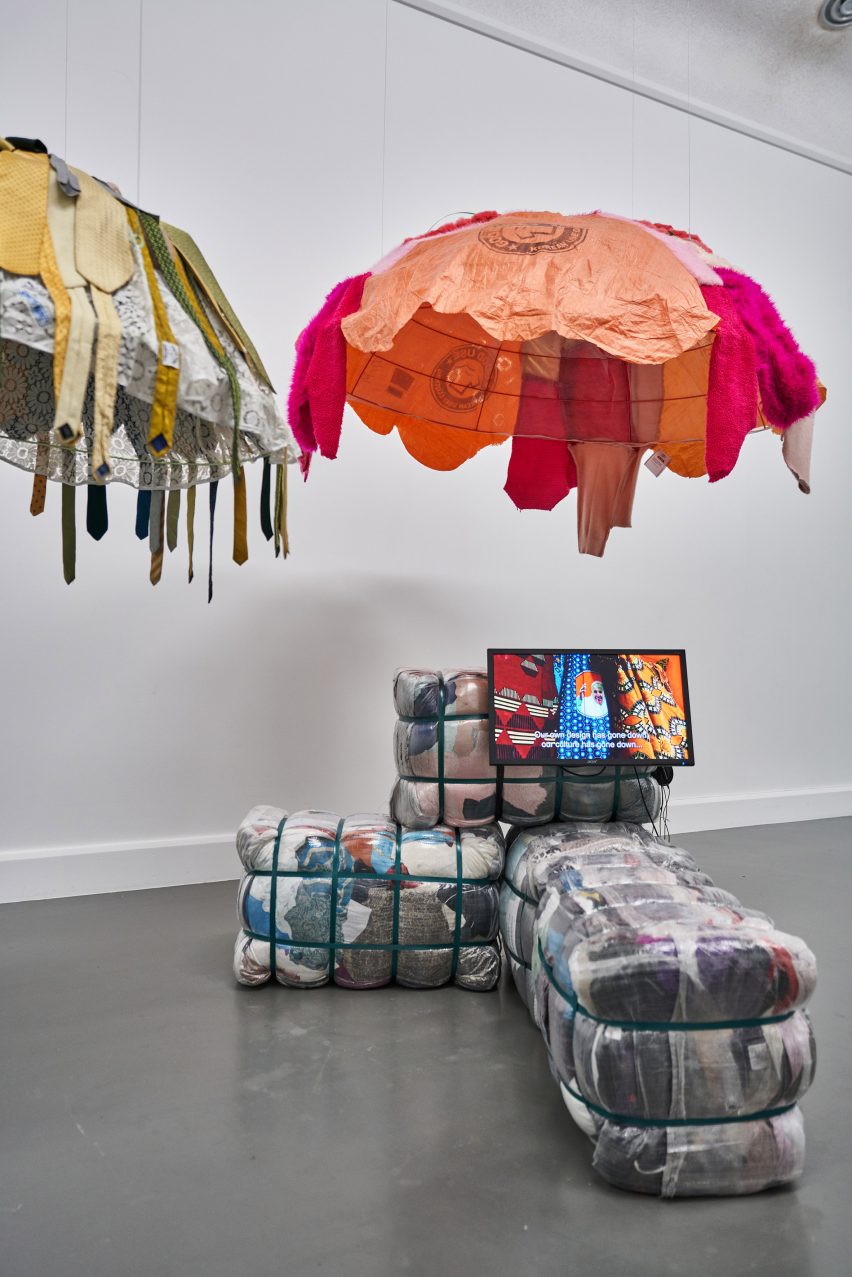
Studiolow looked to landfills in Portugal, Spain and Morocco, which they see as "architectures of junk". Three sculptures represent the changing ecosystem in rubbish dumps, as animals make their home there.
Shahar Livne's look at the so-called Great Pacific Garbage Patch takes the form of animated microbes projected on an installation, as well as sound and smell. Unusually, she responds positively to the ocean plastic patch by seeing it as a vast community of microbial life.
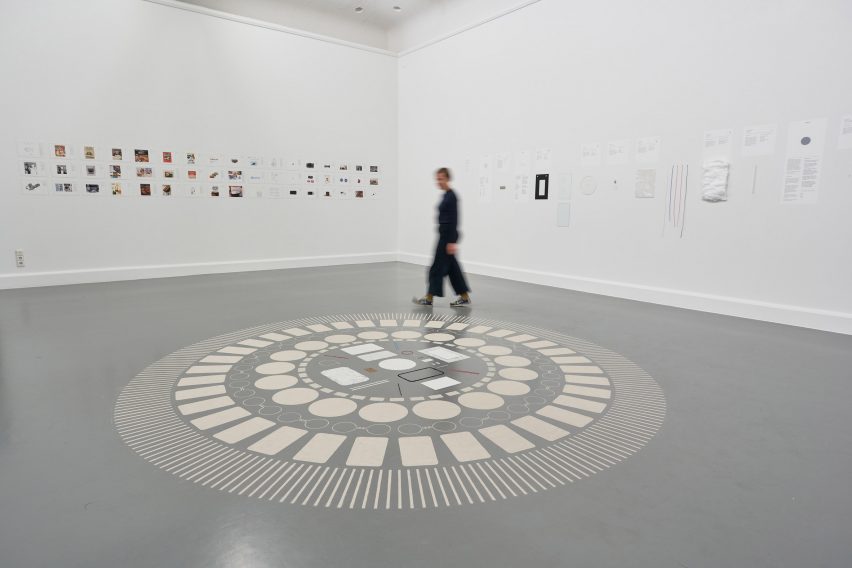
Electronic waste is the basis of The Transboundary Loophole by Noud Sleumer, that uses satellite images as an "open atlas" of waste. Country-specific cards allow visitors to explore particular e-waste problems.
Giacomo Nanni and Julian Peschel follow space junk to Point Nemo in the Pacific Ocean – the site of many controlled splashdowns – otherwise known as Spacecraft Cemetery. Legal documents, news coverage and archive imagery are combined.
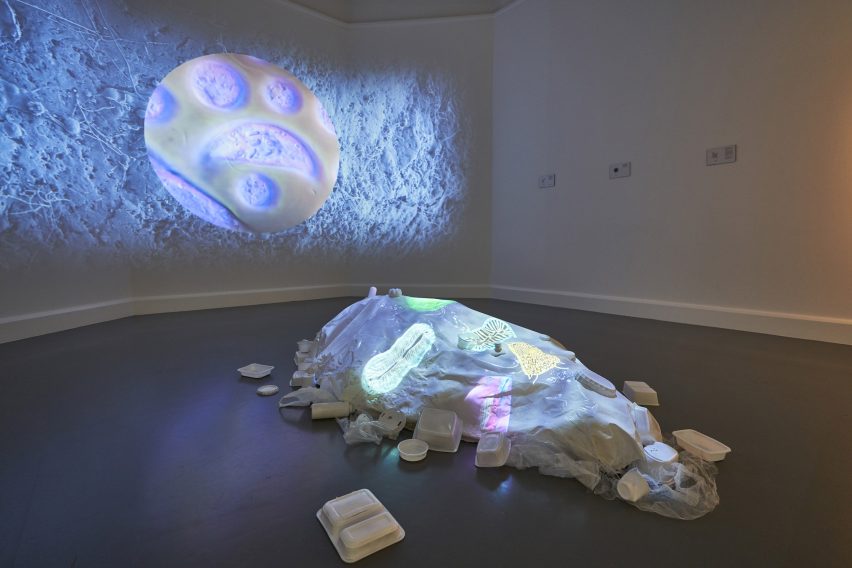
The nine site-specific installations matched design studios with city-wide shops and institutions, such as lifestyle store Hema and ING Bank.
Designers including Johanna Seelemann, Minj Choi and Fred Erik showed work in shopfronts around the city centre. These will remain throughout the duration of Dutch Design Week until 27 October.
The main museum exhibition Geo-Design: Junk – All That Is Solid Melts Into Trash is on shown until 17 November.
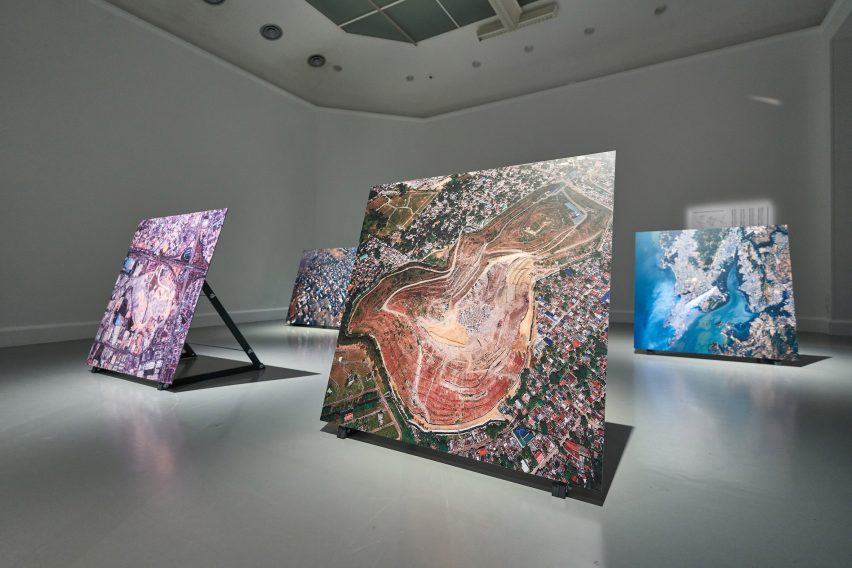
Geo-Design Junk follows an exhibition at last year's design week that saw DAE designers respond to Chinese e-commerce site Alibaba.
This came on the back of the establishment of a Geo-Design platform at the design school in 2018 "to create space for the interrogation of the social, economic, territorial, and geopolitical forces shaping design today".
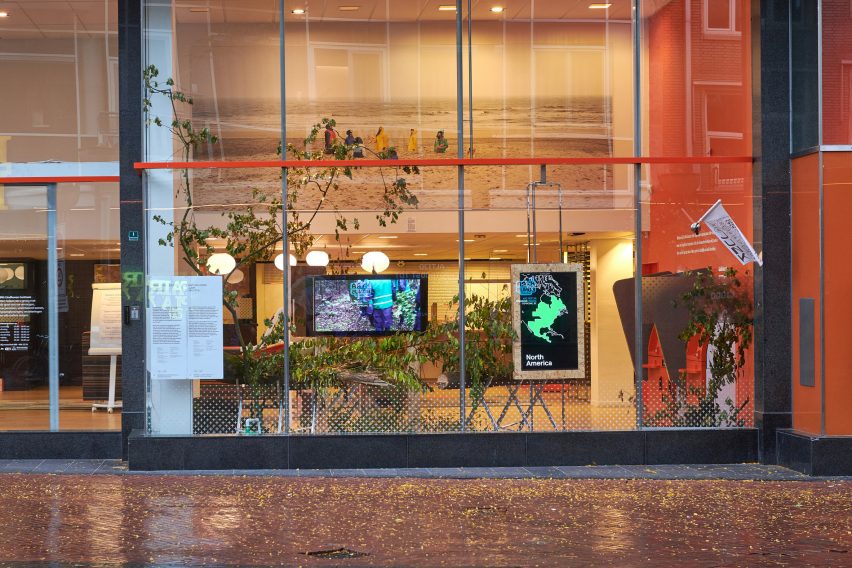
DAE also recently announced that it will expand its offering next year with a trans-disciplinary two-year Geo-Design masters course starting in September 2020, led by designers and DAE alumni Formafantasma.
Like the exhibition, the course will look at the complex web that remains as the aftermath of designing anything at all, as well as the effects of production on the natural and animal world, not just for humans.
"We want to go beyond design as something human-centric and start thinking about other species, which is something that is not necessarily being addressed," explained course leader and Formafantasma co-founder Simone Farresin. "It's not enough anymore to only think about ourselves."